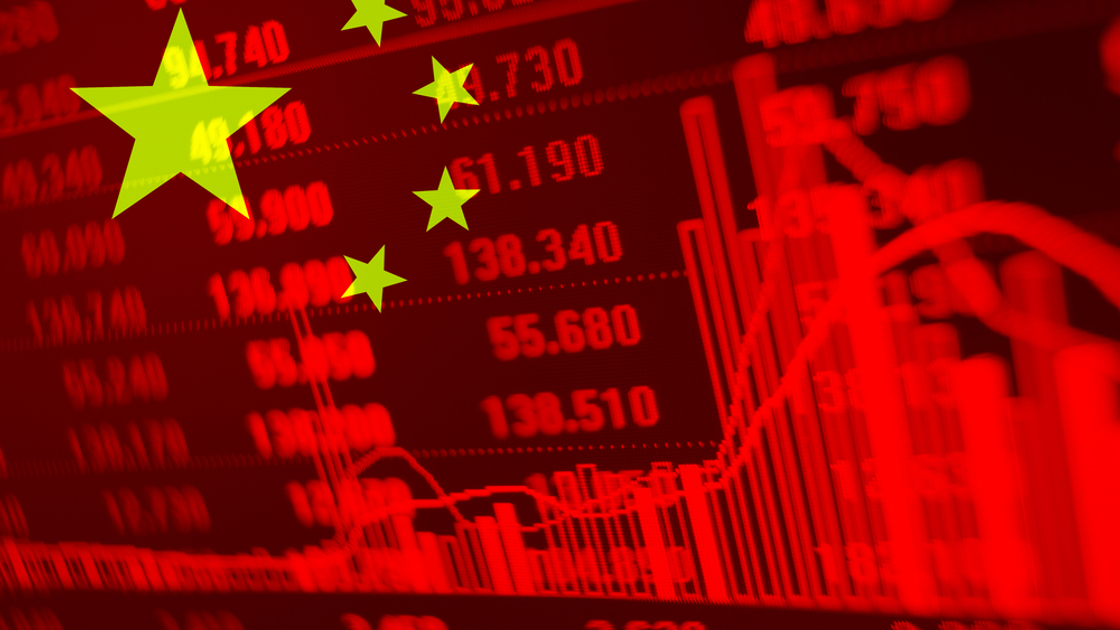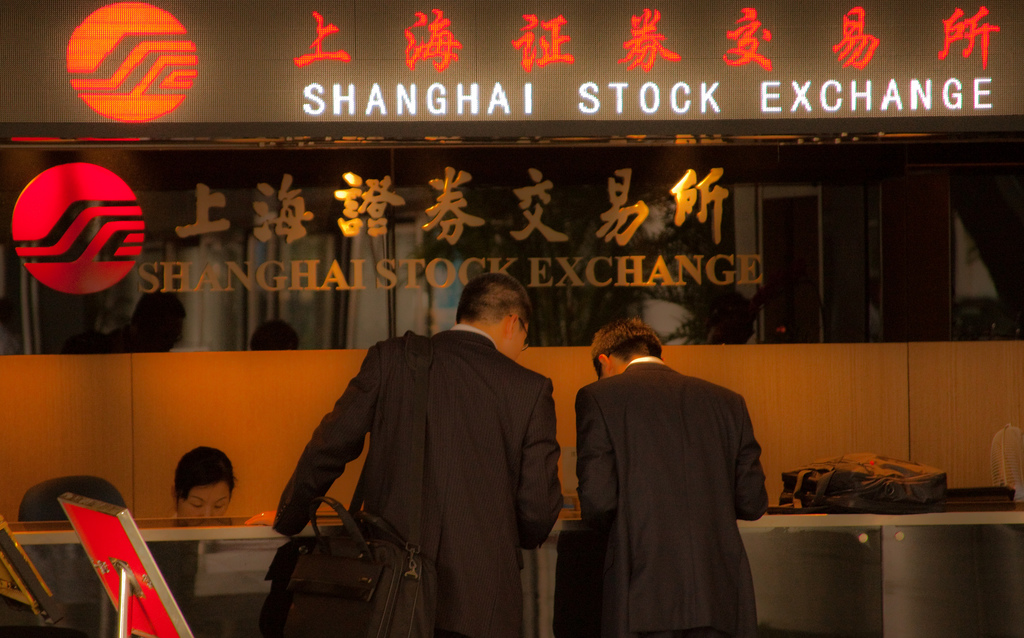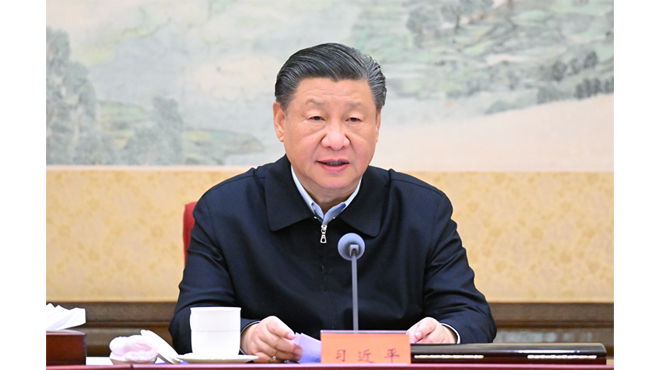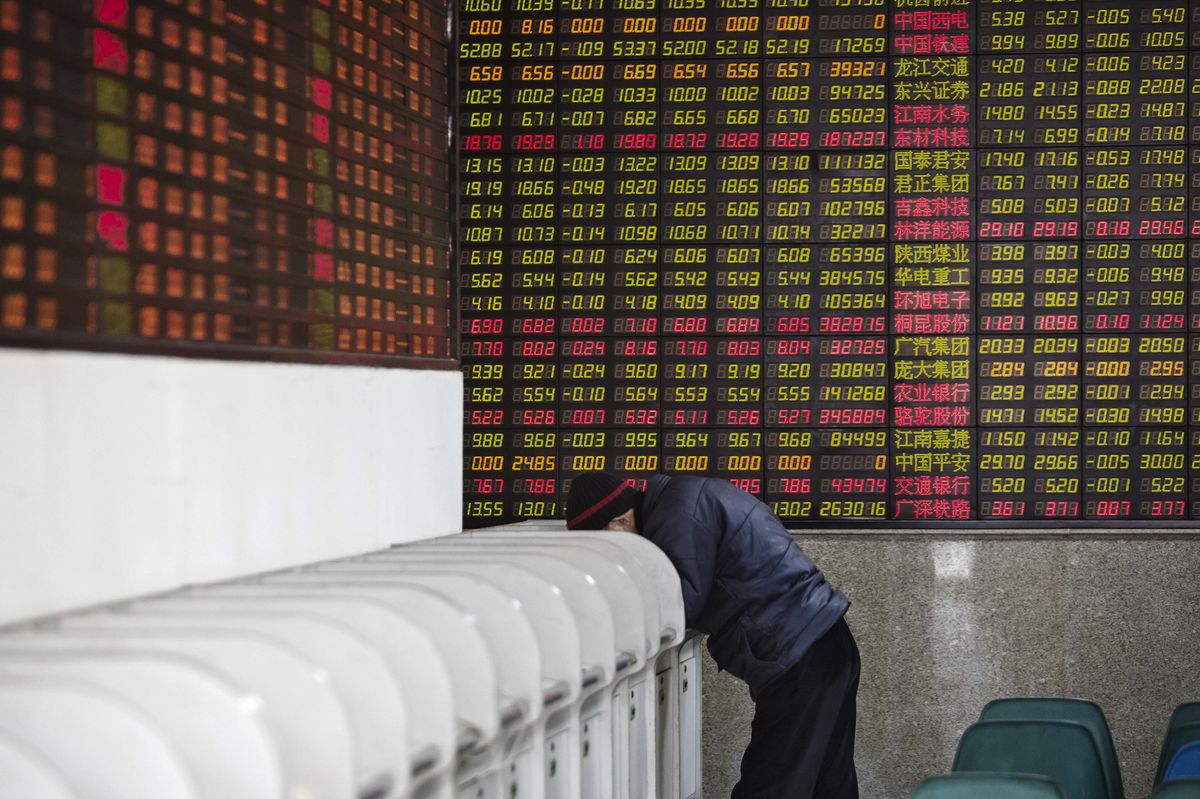Lorretta Chen, Ran Li and Wenjin Lv
Bloomberg
China’s capital-market opening has entered a new phase. Programs such as Stock Connect and Bond Connect allowed foreign institutional investors access to domestic investments and vice versa. Now exchange-traded funds, currency swaps and interest rate-hedging tools are being added to that list. The developments could also help to reinforce Hong Kong’s traditional role as a gateway to the China market.
1. What are the changes?
There are three:
- Swap Connect was announced on July 4 by China’s central bank, which gave an expected start date of early 2023. It will give international investors a new tool — in the form of domestic interest rate derivatives — to hedge their investments in Chinese bonds. Equivalent arrangements for mainland investors may be introduced later.
- On the same day, more than 80 exchange-traded funds listed in Shenzhen and Shanghai became eligible to be traded by Hong Kong investors, while those in mainland China gained access to four Hong Kong ETFs, under the Stock Connect program between the Shanghai and Hong Kong exchanges.
- China also said it will raise its currency swap with Hong Kong to 800 billion yuan ($119 billion) from 500 billion yuan. This is aimed at providing better liquidity support for the offshore yuan, especially in times of volatility.
- The People’s Bank of China said other derivatives could be included depending on market conditions.
2. What’s the rationale?
These link programs are part of China’s push to modernize its financial markets to bring in more foreign investment and redirect its export-led economy. By expanding the range of offerings it hopes to attract more investor interest. UBS Group AG analysts estimated that the inclusion of ETFs could help boost trading volume in the mainland stock market by 10%. China also has been reviving tools to allow investors to hedge credit risks. The northbound Swap Connect, for instance, will offer overseas investors access to onshore interest rate swaps, which are a more accurate tool than the non-deliverable interest-rate swaps they currently use, to help them hedge their China bond exposure against currency risks. This could increase the appeal of holding Chinese debt for global funds, especially as the US Federal Reserve’s plans to raise interest rates this year have strengthened the dollar against currencies including the yuan.
3. What is the greater purpose here?
The International Monetary Fund added the yuan to its basket of global reserve currencies in 2016, after years of effort by Chinese authorities to promote its global use. In May the IMF lifted the yuan’s weighting, prompting the Chinese central bank to pledge further financial market opening. At the same time, global funds have been shrinking their holdings of Chinese government debt this year as the yuan weakened. A further opening up of China’s lucrative market could potentially reverse some of the outflows. Foreign holdings of Chinese bonds topped 3.3 trillion yuan at the end of June, according to a PBOC publication.
4. How do the connect programs work?
The northbound and southbound bond links are run by Bond Connect Company Ltd., a joint venture between the Hong Kong exchange and China Foreign Exchange Trading System, an arm of the PBOC. Trades are conducted through the Central Moneymarkets Unit run by the Hong Kong Monetary Authority. Bloomberg LP, the parent company of Bloomberg News, provides Bond Connect services. The northbound link has allowed overseas investors to build up holdings in the onshore debt market since 2017. Starting in September 2021, Hong Kong-issued yuan bonds — also known as Dim Sum bonds — as well as U.S. dollar- and Hong Kong dollar-denominated notes became available for trading by domestic investors in China. The earliest link, Stock Connect, opened in 2014 between the Shanghai and Hong Kong exchanges, and then expanded to the Shenzhen exchange in 2016. The tie-up allowed investors to trade mainland-listed stocks through Hong Kong, and vice versa. A similar link between London and Shanghai’s stock exchanges kicked off in 2019 allows companies listed in one of the exchanges to issue shares on the other.
5. How else can foreign investors access China’s markets?
There are a few other channels. These include the Qualified Domestic Institutional Investor (QDII) and the Qualified Foreign Limited Partnership (QFLP). Investment limits were scrapped in 2019 on stocks and bonds and the scope of investments was expanded to cover key commodity and stock market derivatives in late 2021. Foreign institutional investors can also use the China Interbank Bond Market direct trading service: 516 investors were registered as of May, with a turnover that month of 440.5 billion yuan, according to data from the China Foreign Exchange Trade System. Another channel known as Wealth Management Connect was launched in 2021 for retail investors. That program allows eligible residents in nine southern Chinese cities such as Shenzhen to invest across the border in Hong Kong and vice versa. But the program has so far received muted investor interest due to travel curbs between Hong Kong and the mainland that make it difficult for bankers to travel in search of new business. As of April, the program had attracted only 940 million yuan, or about 0.3% of the total quota, since its inception in October.










